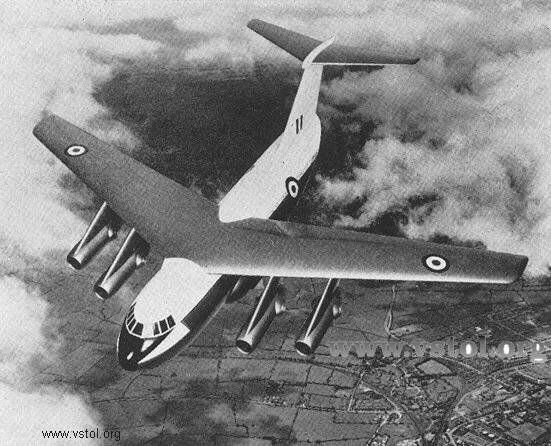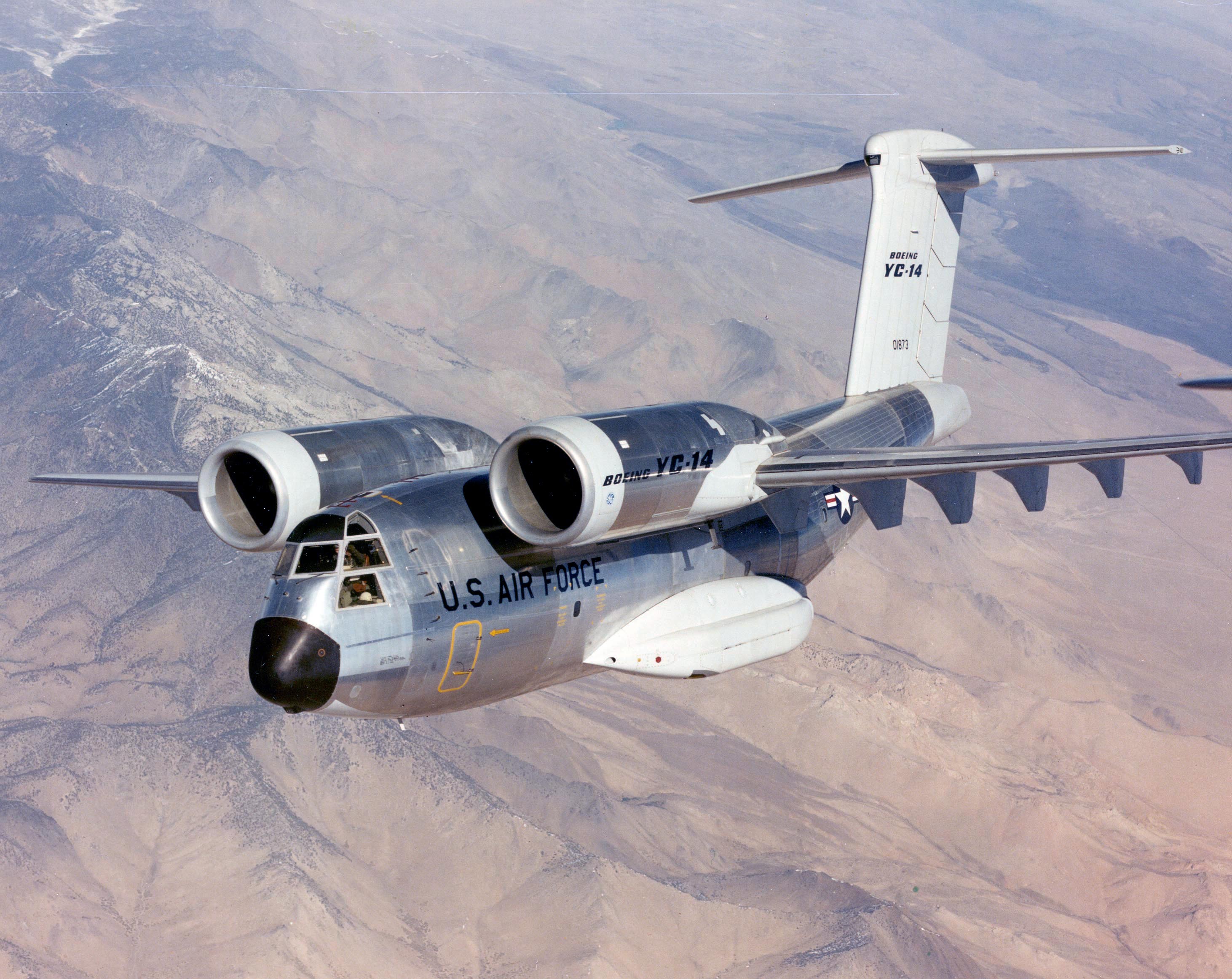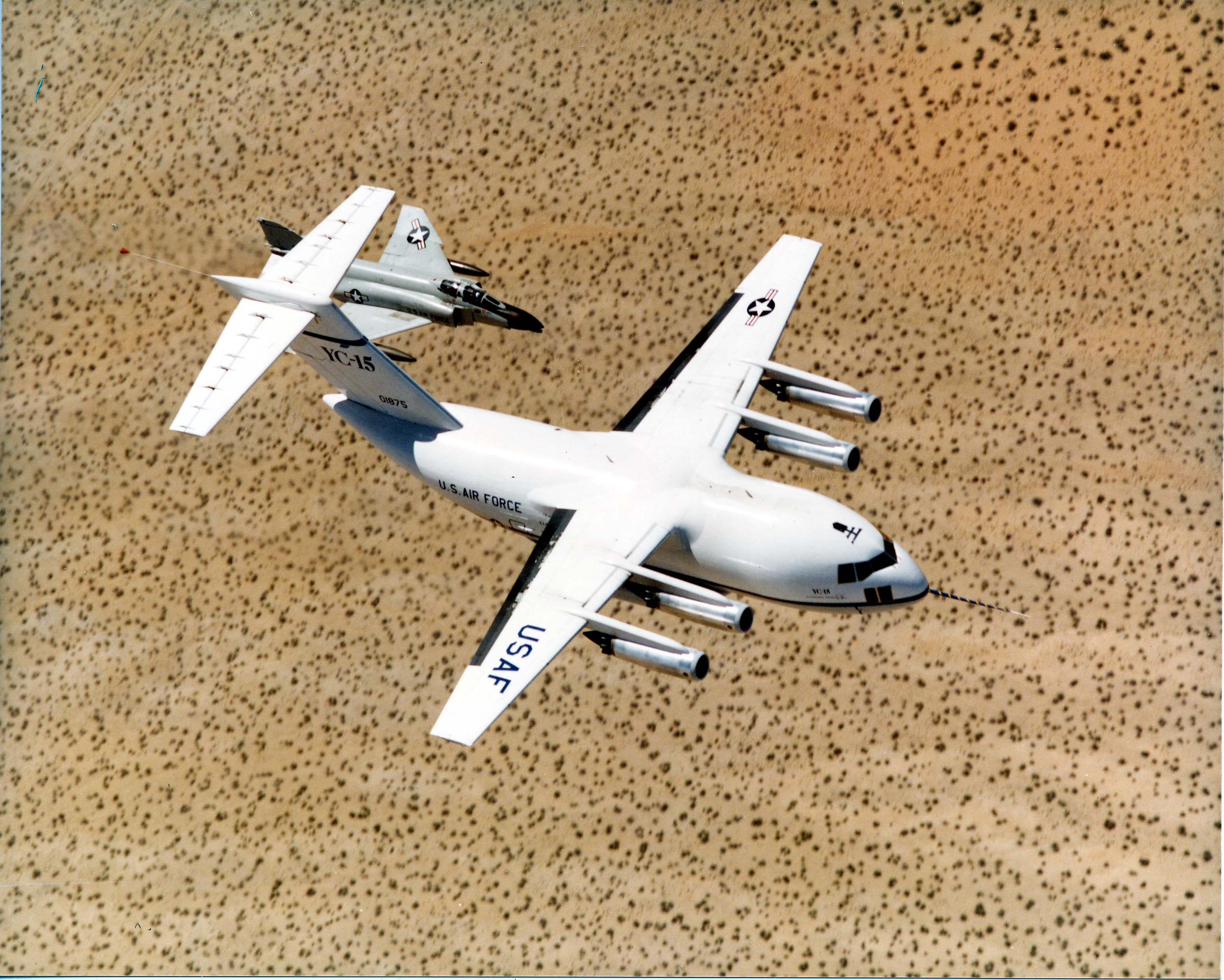Thrust vectoring can convey two main benefits: VTOL/STOL, and higher maneuverability. Aircraft are usually optimized to maximally exploit one benefit, though will gain in the other.
For VTOL ability:
The Harrier—the world's first operational fighter jet with thrust vectoring, enabling VTOL capabilities
Armstrong Whitworth AW.681
Bell Boeing V-22 Osprey
Boeing X-32[6]
Dornier Do 31
EWR VJ 101
Harrier Jump Jet
Hawker Siddeley Harrier
British Aerospace Sea Harrier
Boeing/BAE Systems AV-8B Harrier II
BAE Systems/Boeing Harrier II
Lockheed Martin F-35B Lightning II
VFW VAK 191B
Yakovlev Yak-38
Yakovlev Yak-141
For higher maneuverability:
Two dimension vectoring (generally for the pitch axis)
Lockheed Martin F-22 Raptor
Sukhoi Su-37
Sukhoi Su-30MKI
Sukhoi Su-30MKM
McDonnell Douglas F-15 STOL/MTD
McDonnell Douglas X-36 (yaw only)[7]
Me 163 B experimentally used a rocket steering paddle for the yaw axis
Three dimension vectoring (pitch and yaw axes)
Sukhoi PAK FA
Mikoyan MiG-29OVT (MiG-35)
Sukhoi Su-35BM
McDonnell Douglas F-15 ACTIVE
Lockheed Martin F-16 VISTA
Rockwell-MBB X-31
McDonnell Douglas/Northrop F-18 HARV
http://en.wikipedia.org/wiki/Thrust_vectoring













